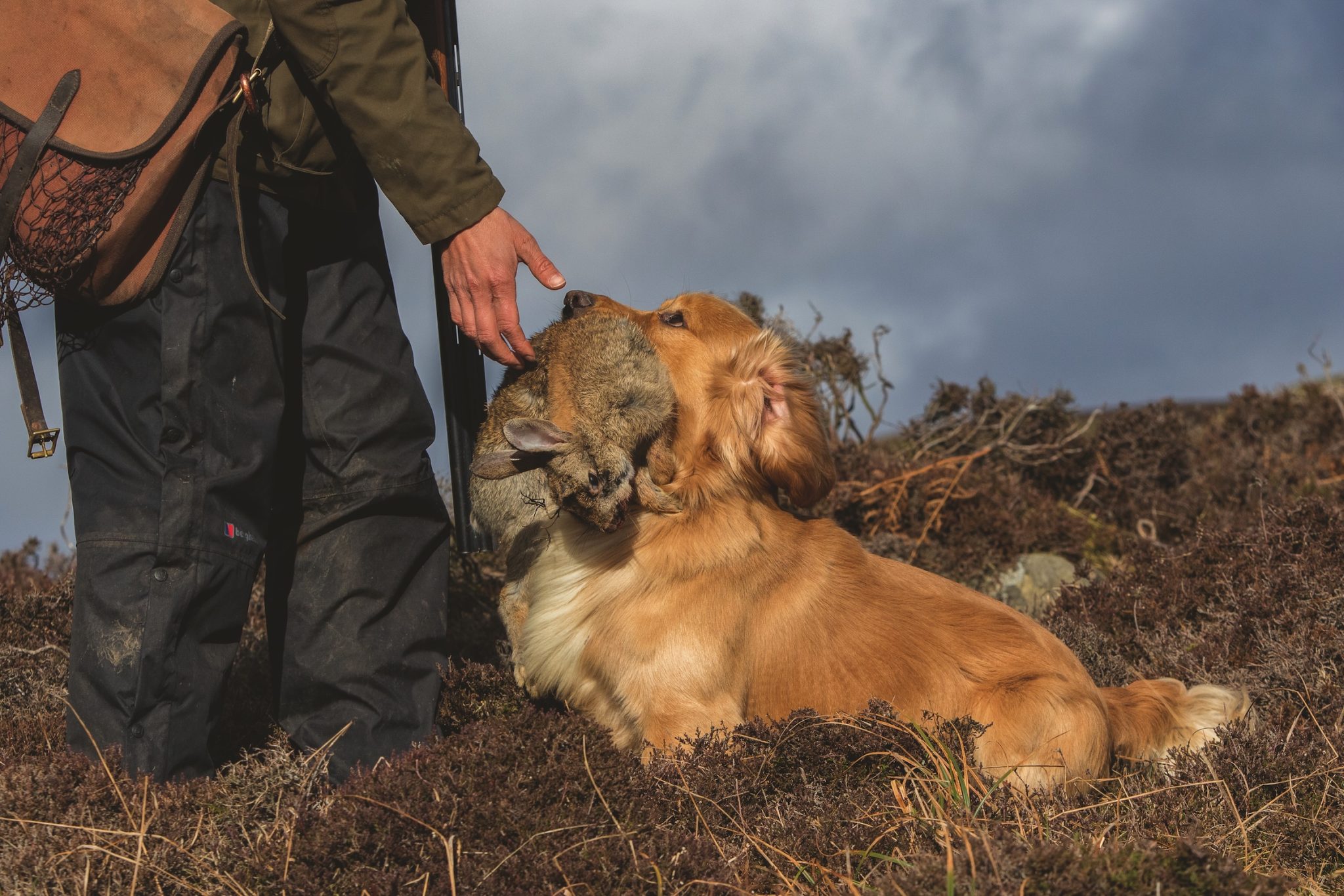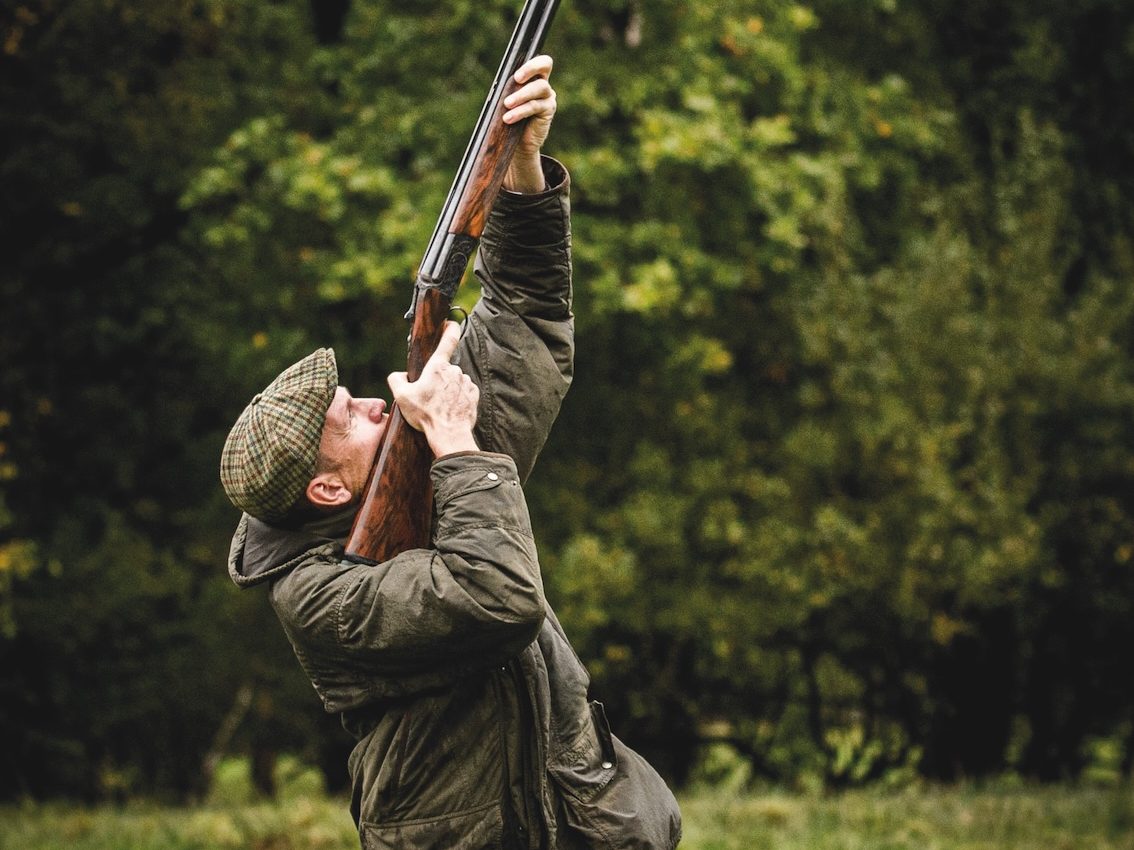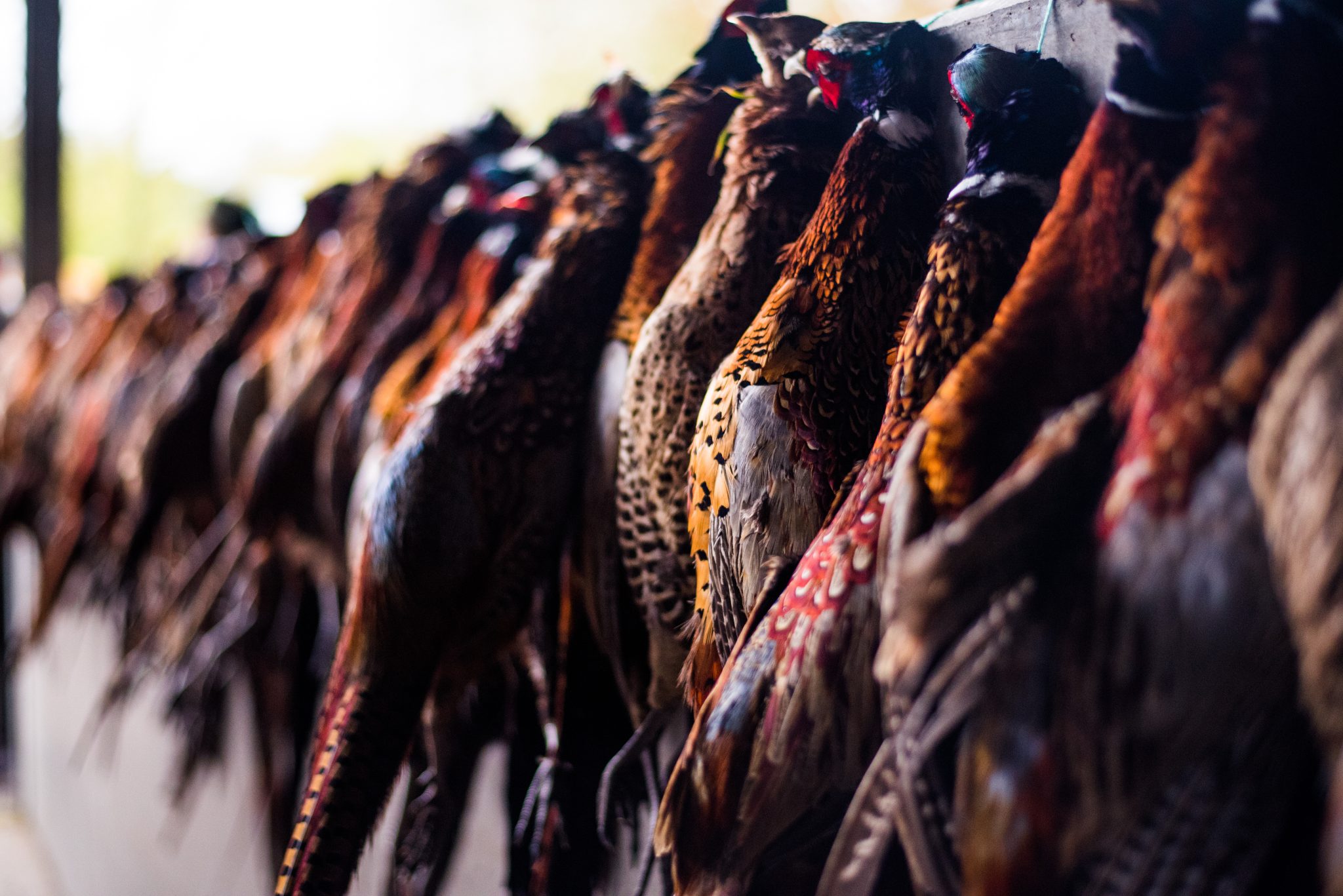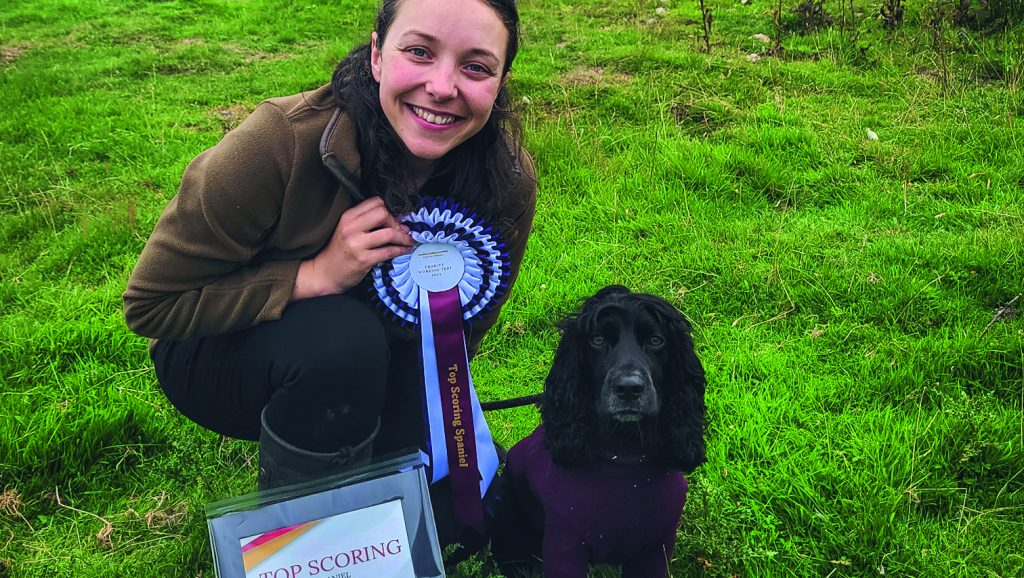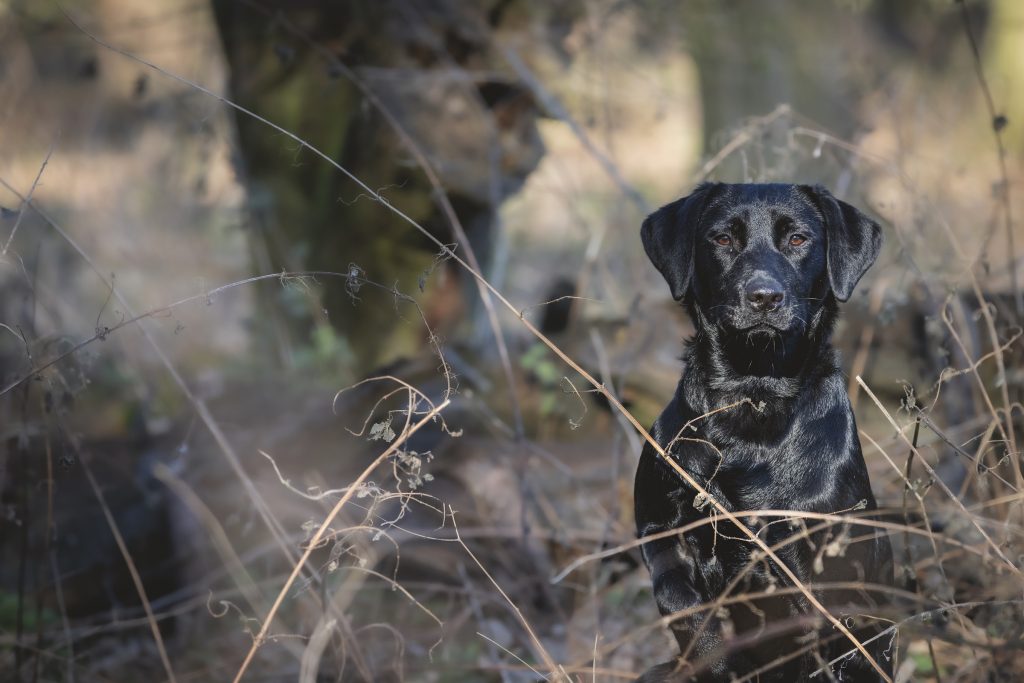Win CENS ProFlex DX5 earplugs worth £1,149 – enter here
A worthwhile investment
How did 20th-century gundog trainers manage without a training vest? Practical clothing is a boon for the modern dog trainer, says Felix Petit
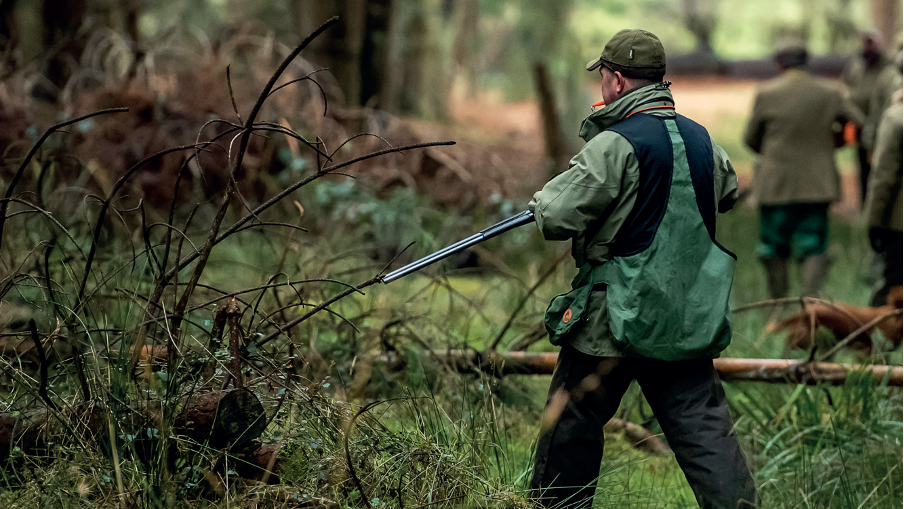
Since the first lupine ancestors of modern dogs padded across the tundra, seeking scraps around the fires of Siberian hunter-gatherers, there have been gundog training vests.
Well, not really, but the popularity of dog training vests has been steadily increasing over the past 30 years. Whether you train your hound to perform in a working fieldsports context or just so that it behaves in the park, training vests can make a big difference to your dog’s efficacy and obedience.
The history of the gundog training vest is really the history of gundog training, which in turn is the history of hunting and game shooting with a sprinkling of 20th-century animal psychology. Specially trained dogs have been used for hunting in Britain since at least Roman times. As the medieval period progressed, smaller dogs began to be used for decoying waterfowl, while early spaniels, known as field spaniels, were used for nosing out and netting partridges.
In the late Tudor era, when muzzle-loading guns became more widespread, sportsmen still shot birds on the ground, but they began training their dogs to retrieve the quarry they had killed.
When Charles II returned from France following the restoration in 1660, he brought with him the French practice of trying to shoot gamebirds as they flew. This now meant that the dogs accompanying such practices had to be trained to both flush game and retrieve it if it was felled. This could be argued to be the birth of the modern gundog.
From the Tudor period to the mid- 20th century, ideas of how to train animals evolved relatively little. For centuries dogs were seen as objects or tools of the trade rather than beings of some sentience, as reflected by their functional, historic names such as Half-bred, Harmless, Well-fed, Sinful, Lusty, Swift, Cheerful or Mustard. Consequently dog owners failed to intimately understand their dog’s motivations, using chiefly dominance-based training techniques.
Discipline is universally accepted to be an important part of dog training, but the rise of ethology – the study of animal behaviour for which Konrad Lorenz, Niko Tinbergen and Karl von Frisch won the Nobel Prize in 1973 – began to change this perception.
Scientific research improved our understanding of canine behaviour and shifted training techniques towards far more effective methods, which primarily relied upon positive reinforcement rather than fear of punishment. And so the dog treat was born.
But where should you keep a treat? Certainly not in a difficult-to-access trouser pocket where it will be ground to chicken dust, and ideally not in the cartridge pocket of your favourite shooting jacket where it will forever leave your Eley 28g No 5s smelling like frankfurters. The answer is, of course, a purpose-designed dog training vest with cavernous pockets that can swallow up meaty rewards, training dummies and retrieved game.
Kennel Club-accredited working dog trainer Ryan Kay says: “Training vests are an invaluable piece of kit and probably one of the first things I see newcomers purchase these days. They allow free movement and are built to accommodate all the tools you might need during a training session.”
Poacher’s pocket
Kit Taylor, owner of gundog training equipment supplier Muntjac Trading, says times have moved on from the “older style” of gundog training and explains why the training vest has risen to prominence. “The early gundog trainers and writers, such as Peter Moxon, Joe Irving, Keith Erlandson and John Humpheys to name but a few, were well-dressed, but dummy-vestless gentlemen.
“In place of a vest they tended to use an old game bag, normally an old Brady, and the large poacher’s pocket in their jacket. The reason that they could get away without something akin to the training vest was the distinctly narrow range of equipment available for the gundog trainer back then.”
Kit adds that the establishment of more specialist gundog equipment suppliers over the past 20 years has seen an explosion of equipment available to the trainer. This, in turn, has fuelled the rise of the amateur enthusiast who is “open to new ideas, and who are happy to look beyond traditional methods”.
He continues: “Extra equipment needs extra carrying capacity and this has resulted in the dummy vest with extra pockets evolving from a Skeet-style vest with large cartridge pockets at the front into custom-made vests.”
Kit suggests that the expansion of the various gundog trialling disciplines has also been partly responsible for the garment’s evolution. He says European competitors have brought over a new style of clothing and introduced alternative methods of carrying heavy equipment and dummies. Despite their initial simplicity, the gilet-style vests with large pockets have slowly advanced in functionality.
What is commonly known as the trainer vest comprises three pockets. There are two at the front and a large pocket at the back covering most of the handler’s rear. The front pockets are mainly for small dummies, balls, pistols and similar, with the larger pocket at the rear used for throwing or launcher dummies.
Over the years, this simple design has progressed and features inner pockets for keys and phones, and possibly a carabiner for hanging spare whistles or leads. The garment is now either made from a hardwearing canvas type of material or a cooler version manufactured from mesh panels. Adjustable shoulder straps aid in obtaining a good fit, while some makes also supply breast straps.
Sophisticated
As their popularity has grown, the materials from which vests are made have improved and designs have incorporated magnetic pocket closers, expanded colour ranges, increasingly sophisticated venting, and more graduations from heavier to lighter duty pieces.
Kit says the greatest improvement to the vests in recent years has been the introduction of women’s styles. “One of the great complaints that our female trainers and handlers have had in the past is that everything was male orientated, and I am glad to say that, due to what I would consider the Swedish dog handler influence, there are now feminine hardwearing styles available,” he adds.
Commonly identified as the greatest benefit of the vest is its ability to distribute the weight of all of your training equipment evenly around your body. It consequently removes much of the shoulder and back strain that carrying a satchel on one side of the body would create.
It also means that there is no danger of accidentally clocking your young dog in the chops with a heavy bag as you bend down to accept a retrieve. A more varied range of equipment can be carriedand quickly whisked out of sight intoa pocket when it is no longer needed to avoid distraction.
Matty Harrison, the owner of gundog training and shooting equipment business Gundog Gear, believes the improvements of the gundog training vest have been “game-changing”. He says that, having been involved in trialling for some time, he has watched the vest improve dramatically, “developing into multi-functional tools that make training easier and more effective”.
Matty notes that the garments have become more durable and comfortable for longer sessions, and the size and number of pockets have grown too. While he may still use a small bag if he is training a single dog, this becomes impractical if he is training multiple dogs at once, and if he is carrying six one-and-a-half-pound rabbit dummies, he needs the even distribution the vest can offer.
Matty also thinks the vest serves as a signal or a uniform that tells the dog it is time to work.
He adds: “The vest has become a clear signal to the dog that it’s time to train. They seem to recognise when I put it on, and they get excited, ready to up their game because they know training is coming. It’s almost like they associate the vest with a certain level of intensity and focus.”
Emma Bamford, owner of Foxhope Gundogs and winner of the gamekeeping category at Crufts in 2024, comments: “I use my dog training vest for everything. The waterproof pockets are such a handy place to put damp dummies, leads, gloves, phones, your blank gun and anything else you might need for a training session.”
Repurposing
Emma reveals that when she first started in the industry, she couldn’t find what she wanted and ended up repurposing a falconry vest. Thankfully, now she is able to use dog-specific equipment.
“I think they are hugely beneficial, they include great extras, such as whistle holders, treat pouches, reflective segments and clips for leads,” she explains. “A vest really does give you full use of your hands as well as taking away temptation of already picked dummies while getting ready for the next retrieve.”
It seems that the dog training vest has been spawned from a better understanding of the animals humans seek to teach. They also provide trainers with extra utility, extended flexibility and improved focus from their students. Whether you are a hobbyist or bringing home the silverware from Crufts, training vests seem to be a staple. Kit concludes: “The only disadvantage of a vest is that the handler may give into the temptation of carrying everything but the kitchen sink out on to the training field.”
Related Articles
Get the latest news delivered direct to your door
Subscribe to Shooting Times & Country
Discover the ultimate companion for field sports enthusiasts with Shooting Times & Country Magazine, the UK’s leading weekly publication that has been at the forefront of shooting culture since 1882. Subscribers gain access to expert tips, comprehensive gear reviews, seasonal advice and a vibrant community of like-minded shooters.
Save on shop price when you subscribe with weekly issues featuring in-depth articles on gundog training, exclusive member offers and access to the digital back issue library. A Shooting Times & Country subscription is more than a magazine, don’t just read about the countryside; immerse yourself in its most authoritative and engaging publication.



